
What is a Public Ivy? — Shemmassian Academic Consulting
The most elite institution in the List of Public Ivy Schools, with an acceptance level of just 17%, is UC Berkeley. The easiest to gain entrance to are the University of Colorado at Boulder (86.9%) and the University of Iowa (78.4%). The UC at Boulder is the easiest of the Public Ivies to achieve admittance to. Photograph by Raymond Johnson.

Office of the University Registrar Enrollment Management and Student
Of the schools that we list as Public Ivies below, the 2022-2023 costs of attendance (i.e. tuition, fees, room, board, and more) for in-state students range from $26,118 at the University of North Carolina-Chapel Hill to $46,168 at UC Berkeley. The majority of Public Ivies currently charge between $30,000 and $35,000 per year for in-state.
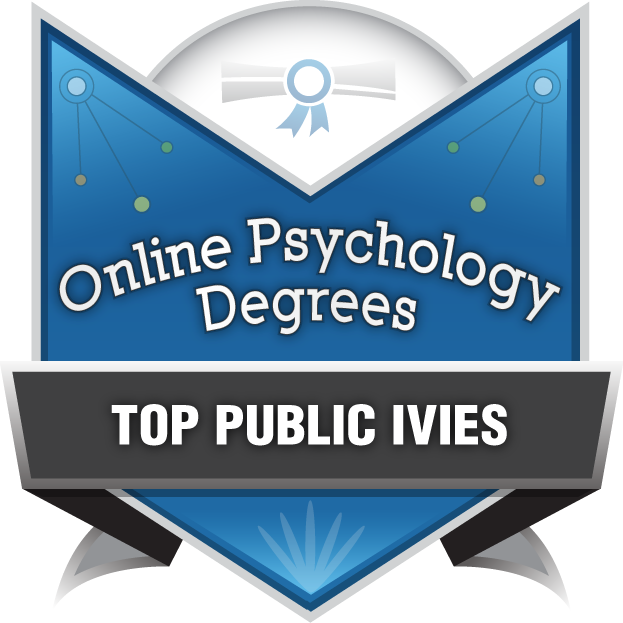
Ranking Top 30 Public Ivies Offering a Degree in Psychology
Coined in 1985 by former Yale admissions officer Richard Moll, the term "Public Ivy" refers to state universities that offer an exceptional education—at a fraction of the Ivy league price to in-state students—and earmark a limited number of seats to out-of-state students. With world-class faculty, top-notch honors programs, and cutting.

What Are The Public Ivies? Brand College Consulting
The Hidden Ivies, 2nd Edition: 50 Top Colleges―from Amherst to Williams ―That Rival the Ivy League (Greene's Guides) Howard Greene 3.8 out of 5 stars 24

The Public Ivies 2023 Edition College Transitions
By Al Abdukadirov November 29, 2023. It was in 1985 when the term "Public Ivy" came into being — it was used to refer to a public institution that offered an Ivy League experience at a fraction of the sticker price. Other than being a lot cheaper than the eight Ivy Leagues, especially to in-state students, Public Ivies also tend to have.
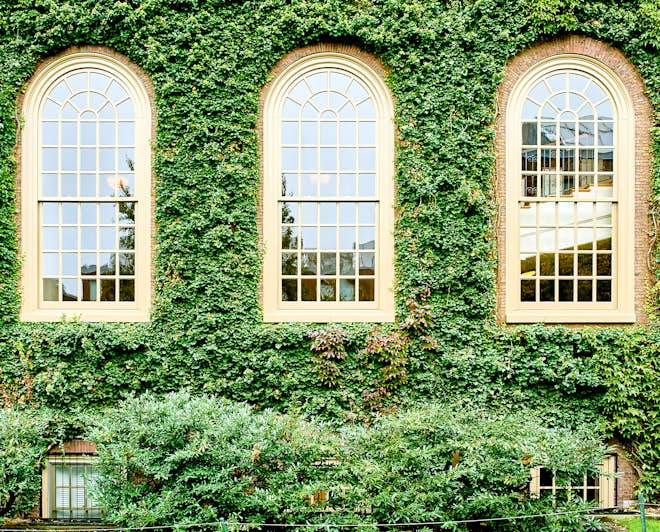
What are the Public Ivies?
"Public Ivy" is an informal term to refer to public colleges and universities in the United States that are perceived to provide a collegiate experience on the level of Ivy League universities. There is no trademark for the term, and the list of schools associated with the classification has changed over time. . The term was first coined in 1985 by Yale University admissions officer Richard.

Public Ivy A Comprehensive Admissions Guide to Public Ivies Transizion
Notable Public Ivy Universities Miami University - Oxford. Miami University - Oxford is a public research university located in Oxford, Ohio. It is known for its strong liberal arts foundation, undergraduate teaching excellence, and picturesque campus, often referred to as the "Ivy of the Midwest."Founded in 1809, Miami University is one of the oldest universities in the United States.
What is the Ivy League? Admissions Blog
The Public Ivies are a group of prestigious public schools that have a stellar reputation for academic excellence. These colleges and universities are known for providing an Ivy League-level education at a fraction of the cost (when attending in-state). The concept of "Public Ivy" schools was introduced by Richard Moll, who coined the term.

Ivy Ball 2023 “The Green Ivies” The Columbia University Alumni
List of Public Ivy League schools. Below is a list of all the Public Ivy colleges. We included the schools on both the Greene and Moll lists. The "original 8" Public Ivies are in bold (Moll counted all the UC schools that existed in 1985 as one single "University of California" school, devoting several pages of his book to each branch. That's why more than 8 schools are bolded below).

What Are The Public Ivies? Prep Expert
So he set out to create a list of "Public Ivies," a set of eight public liberal arts colleges with the same academic rigor and selective acceptance rates as private Ivy League schools. Throughout his search, Moll also looked for schools that offered exceptional faculties and campuses, without charging Stanford-level tuition rates.
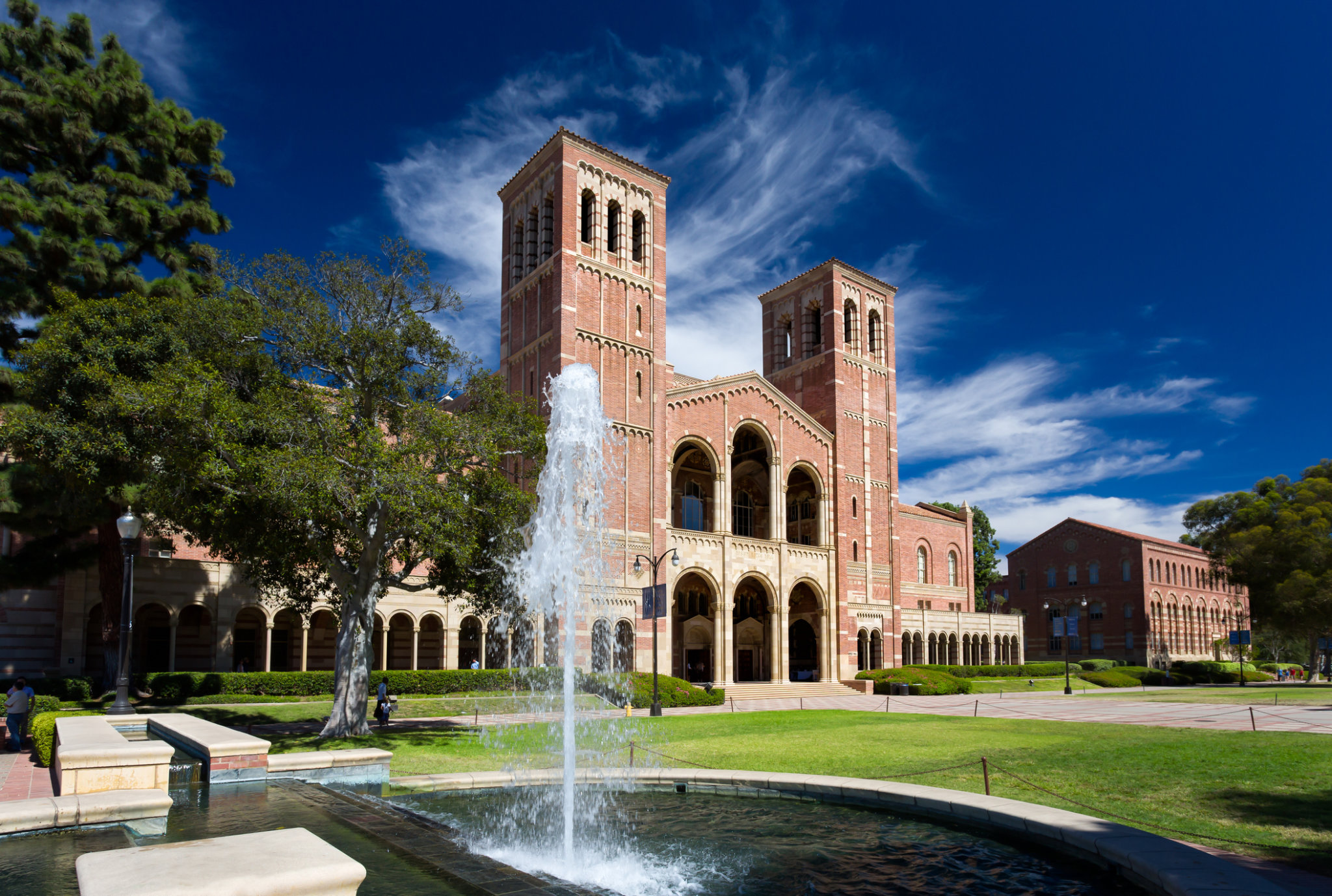
What Are the Public Ivies and Why Should You Consider Adding Them to
Class Size. Because the undergraduate population is so low in Ivy League schools, they also have tiny faculty-to-student ratios. For Harvard and Yale (whose ratios are 7:1 and 6:1, respectively), have classrooms of under 20 students for about 75% of their total classes. Comparatively, the College of William and Mary has a faculty-to-student ratio of 11:1, with only half its classes reaching.

Test Optional? It Depends — Veridian College Prep
Originally published in 2000, The Hidden Ivies is now in its third edition, which was released in 2016, and currently describes 63 notable schools, including small liberal arts colleges and top research universities across the US (the Ivies are all concentrated in the Northeast). Public universities like the University of California, Berkeley.

What are the Public Ivies?
317. ISBN. 978--06-095362-1. Dewey Decimal. 378.1/61 21. LC Class. LB2350.5 G74 2000. Hidden Ivies is a college educational guide with the most recent edition, The Hidden Ivies, 3rd Edition: 63 of America's Top Liberal Arts Colleges and Universities, published in 2016, by educational consultants Howard and Matthew Greene.

The Public Ivies and Little Ivies
Public Ivy is a term coined by Richard Moll in his 1985 book Public Ivies: A Guide to America's best public undergraduate colleges and universities to refer to universities that provide an Ivy League collegiate experience at a public school price. High-performing students looking for a top-notch education—without shelling out tens of thousands of dollars—would do well to check out the.
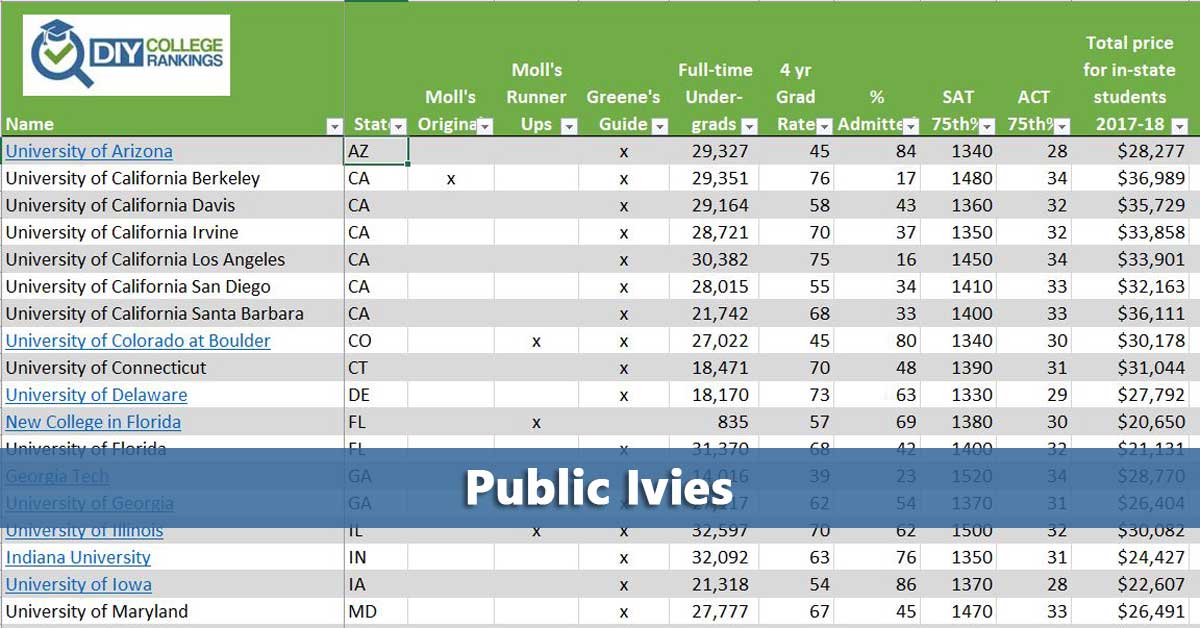
FAQ What are Public Ivies?
These Ivy League equivalents include research universities and small liberal arts colleges. The Public Ivies consist of renowned public universities like UCLA and UT Austin. The Little Ivies include colleges such as Amherst, Bowdoin, Colby, and Vassar. Today, the term "Ivy League" connotes prestige, tradition, and power.
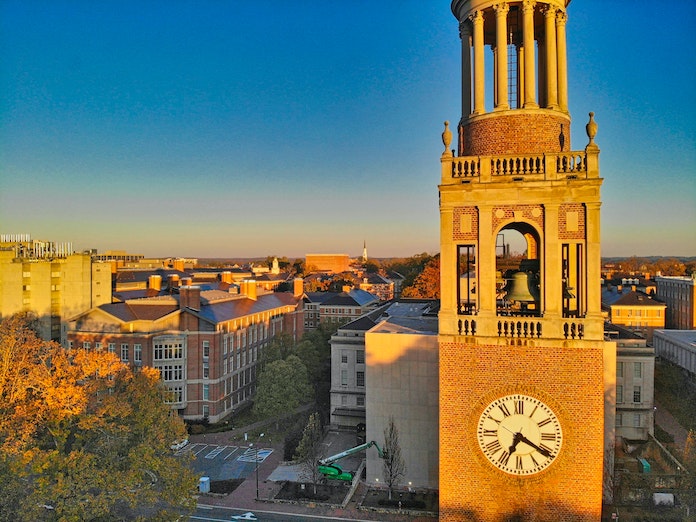
What Are the "Public Ivies"? Top Tier Admissions
Here is the list of public ivy league schools, 'original' ones, according to Moll's book:. University of California, Berkeley is a West Public Ivy institution which is proudly ranked number one in Top Public Schools, according to 2022-2023 Best Colleges rankings. Since its establishment in 1868, it has offered the world no less than.